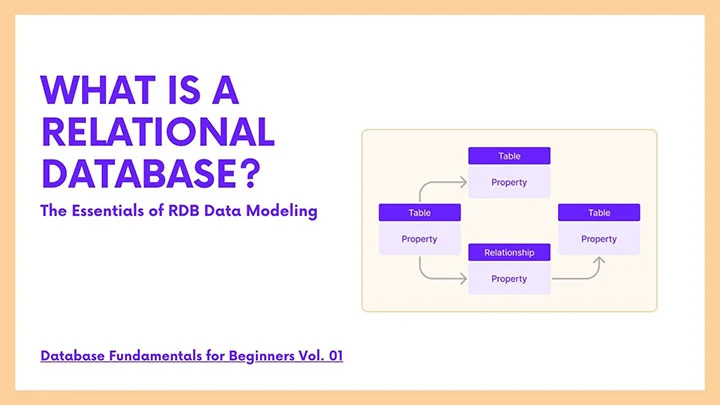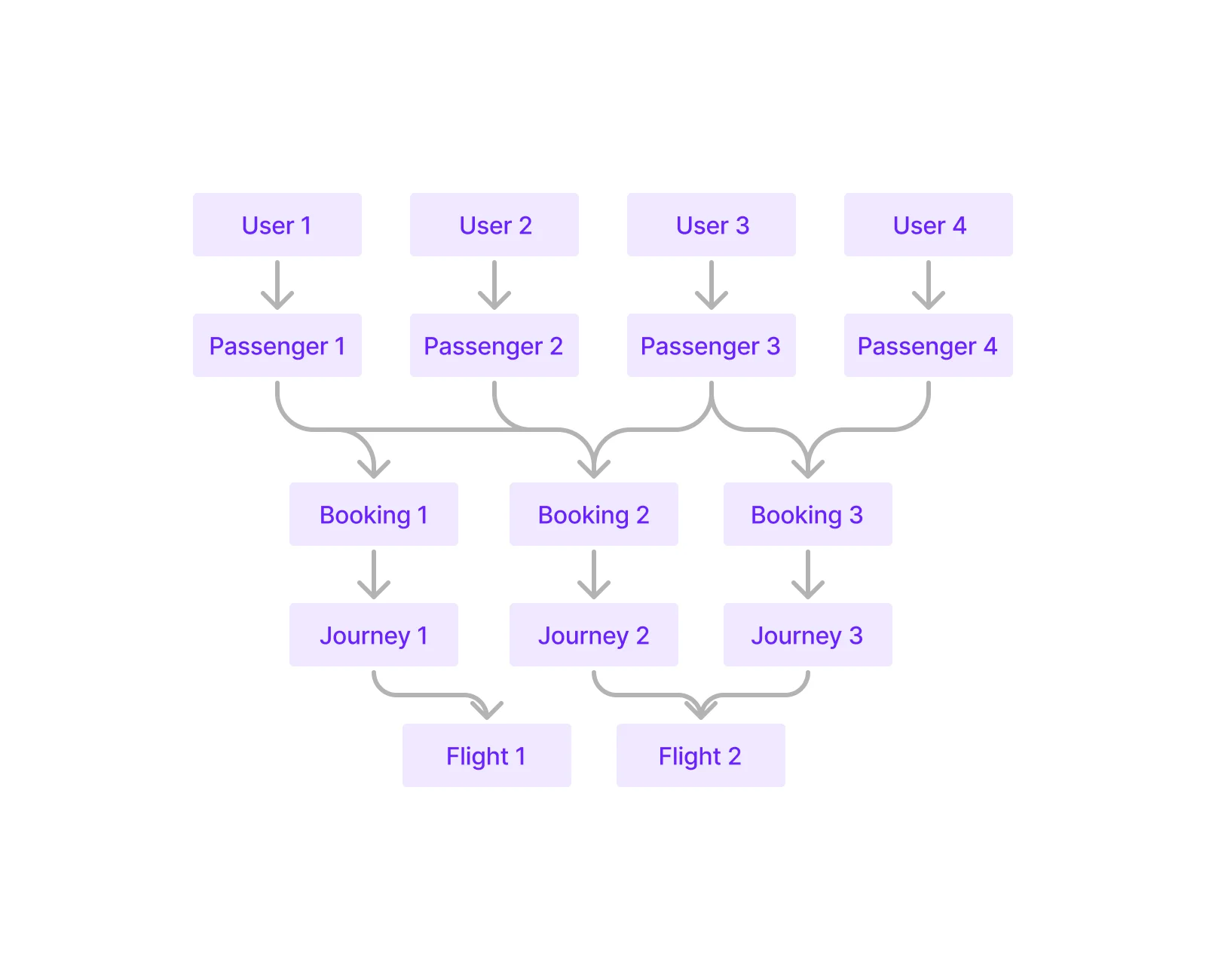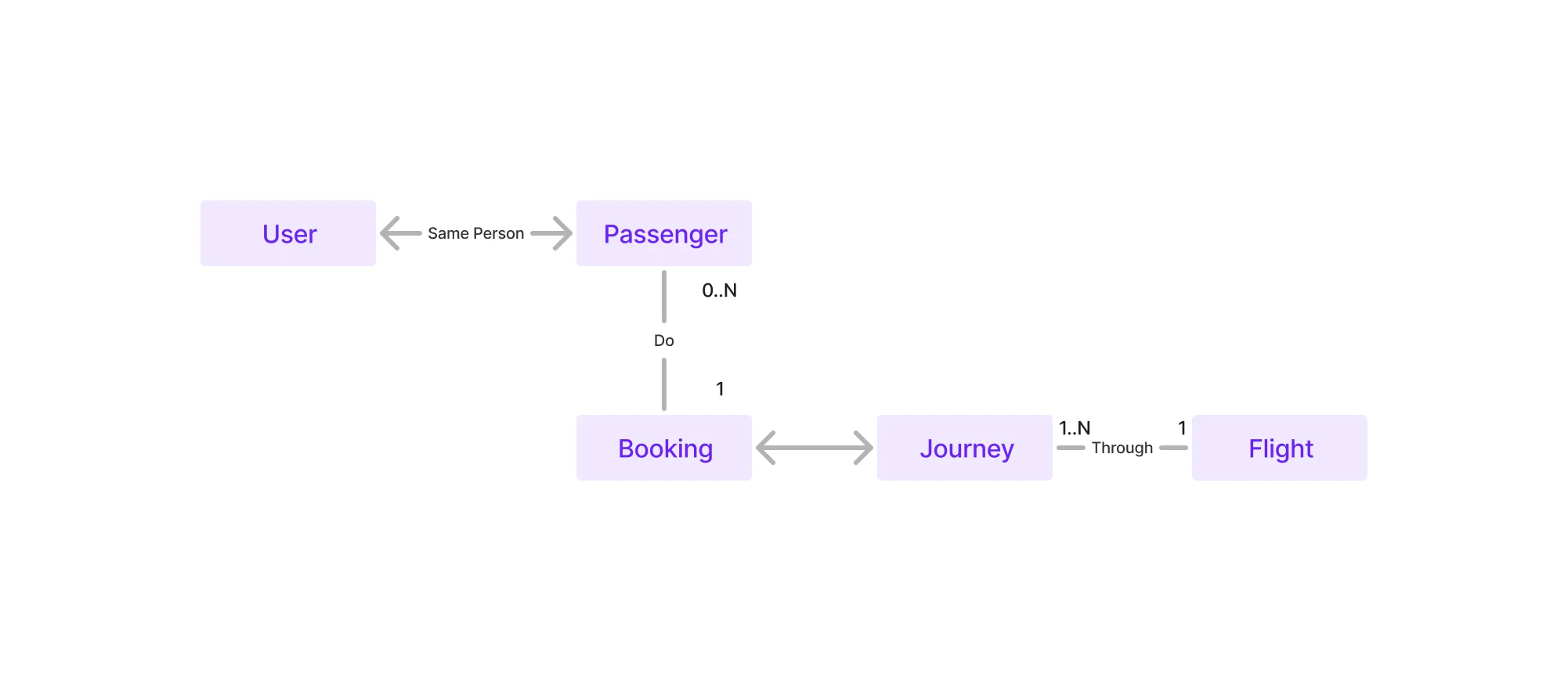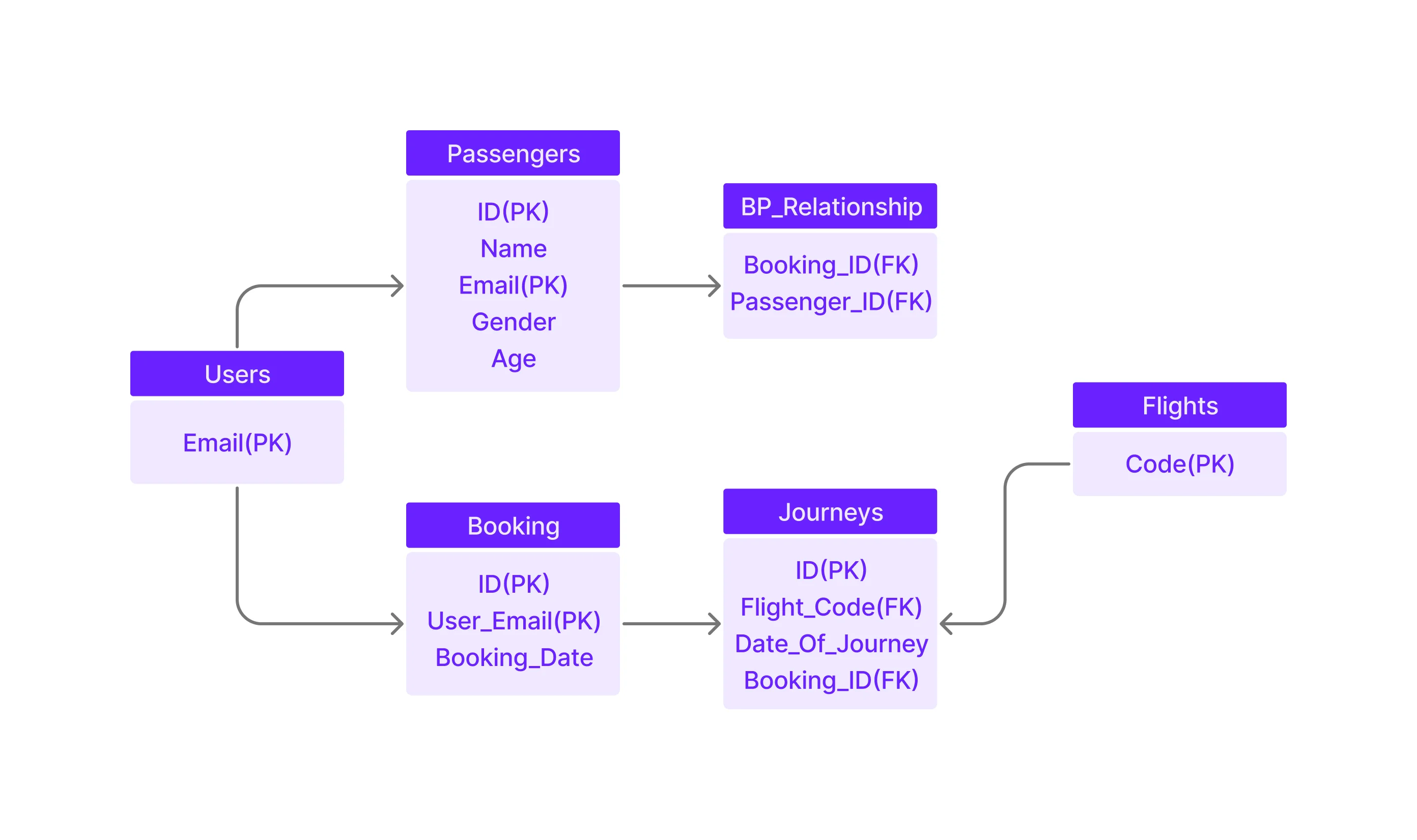
What is a Relational Database? - The Essentials of Relational Data Modeling

As the realm of information technology continues to expand, data management techniques are evolving to meet the growing importance of data. Data modeling, in particular, plays a crucial role in maintaining data accuracy and relevance. This article is the first in a series that aims to provide a comprehensive understanding of data modeling, starting with relational database (RDB) modeling.
Understanding Data Modeling
Data modeling involves constructing a logical data model based on a given concept. To create an efficient model, one must first grasp the essence of a database and then tailor to meet specific customer requirements. This process encompasses analyzing the subject matter, building an actual database, and employing it for development and data management
In this journey, minimizing redundancy, ensuring flexibility, and maintaining consistency are essential. Redundancy in storing data or attributes should be avoided, flexibility should be built into the design to accommodate future changes, and consistency in defining data relationships is crucial to prevent data updates from affecting related information.
Data modeling primarily focuses on the data within a database management system. For instance, a relational database (RDB) represents data relationships in a tabular form, while a graph database (GDB) uses a graph structure to store and retrieve data.
Data Modeling with RDB
Data modeling with RDB follows a step-by-step process, which we will illustrate using a flight reservation system as an example.
-
Identifying the Needs
The first step is to determine the form and purpose of the data. For a flight reservation system, this means considering the data related to users, bookings, travel itineraries, flights, and passengers. Understanding these needs is essential for efficient data storage and retrieval.

-
Designing a Conceptual Data Model (E-R Diagram)
Next, we create an Entity-Relationship (E-R) diagram that visually represents key entities and their relationships. The E-R diagram acts as a guide to understanding the importance of data within the database.

-
Designing a Logical Data Model
This phase clearly defines the logical structure and business information rules. It involves normalization to ensure consistency and eliminate redundancy, taking the E-R diagram as input.

-
Designing a Physical Data Model
The final step involves translating the logical data model into a format that matches the physical storage on computer hardware. In relational databases, index searches and table joins are used to connect different entities. However, complex queries in RDBs, especially with multiple table joins or extensive data, can lead to performance issues.
These essential processes are the beginning steps in creating your own relational data model, which can further be advanced in building a complex database that transacts multiple different entities within and across organizations.
At AGEDB, we offer the AGEDB Enterprise relational database, which is powered by PostgreSQL and equipped with a range of dedicated extension software to enhance query performance. What sets it apart is its unique Oracle compatibility, offering advanced data management infrastructure while significantly reducing costs. It seamlessly supports enterprise-grade features in both Oracle and PostgreSQL, making it a versatile and cost-effective solution for organizations. To get started, CONTACT US today to book a call with our professionals. To watch AGEDB's webinar recording, visit
Want to learn more about our hybrid capabilities with graph data modeling? Stay tuned for the next article in the series: "What is a Graph Database?" to learn more about the fascinating world of databases!